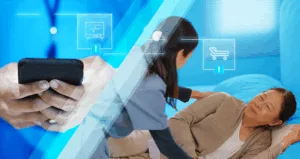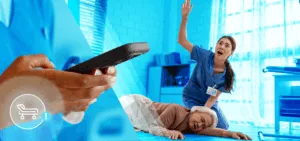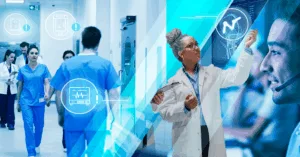To read: ~ 4 minutes

When a hospital’s alarm system fails at 2 AM, the last thing nurses need is to navigate through automated phone menus for 30 minutes before reaching human help. Yet this is exactly the service that most healthcare technology vendors provide in critical situations.
In the post-COVID era, we adapted to the new reality-virtual instead of in-person, remote rather than connected. But the “new normal” has become an imposition: instead of healthcare vendors continuing to respond and adapt to emergency situations, the assumption is that human interaction in technical support can be eliminated.
Even with sophisticated and AI-assisted communication tools, direct human contact remains critical for emergency situations and complex problem-solving. Sofia Arruda, Quality Management System Support Specialist at Connexall, finds the shift troubling: “Nowadays we talk about technologies and AI, but in healthcare support I think customers really want to talk to a person.”
A growing decrease in person-to-person contact adds to the disconnect that’s been the norm in healthcare technology for years.

The Failure of Automation-First Technology Support Models
Healthcare technology vendors tend to approach implementations with a narrow technical focus, missing the reality of healthcare environments.
Most vendors:
- Underestimate the challenge of integrating with 200+ different systems, each requiring their own kind of troubleshooting
- Fail to account for the vast differences in technological maturity across healthcare organizations (some customers only use a portion of specialized features; others need custom solutions)
- Misunderstand integration complexity, where each connection requires multiple additional functionalities
Perhaps due to pressure to move fast and triage large volumes of calls, many vendors put undue reliance on tiered bot-to-human escalation systems, forcing customers through complex automated menus before reaching live support.
“People still call us and get a live person,” says Bruno Rodrigues, Team Lead of Technical Support and Customer Experience at Connexall. “They don’t get a bot and try to navigate with answers and questions until they finally get an option after half an hour to speak to an operator.”
It’s no surprise, then, that these bot-to-human approaches fail in a healthcare environment (where the stakes are literally life or death) and integration problems involve multiple systems, from iPhones and Android devices to legacy pagers. When time is critical, these kinds of self-service options tend to leave customers isolated, rather than supported.
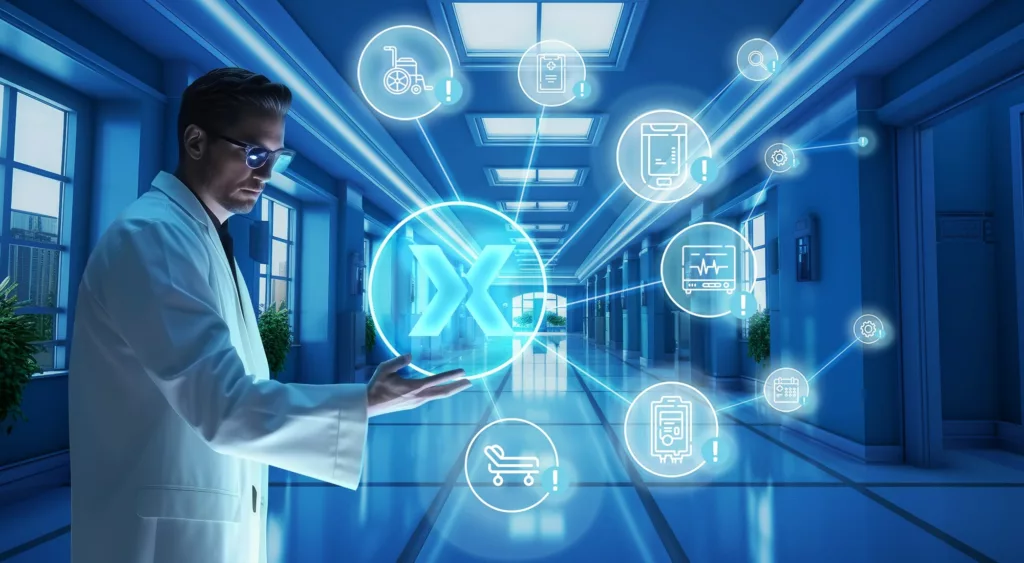
Adaptive, Context-Aware Technology Implementation
While traditional technology support operates from a distance-teams troubleshooting systems they’ve never seen in environments they don’t understand-Connexall uses a fundamentally different approach.
They begin with an understanding of the physical, human, and operational contexts where technology actually lives, to provide adaptive and context-aware support. In their work with healthcare organizations, Sofia and Bruno have come to recognize that healthcare technology succeeds or fails based on real-world conditions, not just technical specifications.
From this understanding they’ve developed a strategic framework to help other technology teams re-prioritize the human on both sides of the support experience.
Build institutional knowledge first
Breakthrough insight: support teams need firsthand healthcare experience.
Most support teams assume technology problems are purely digital. But physical environments, workflows, and the human reality behind the alerts the support team is troubleshooting provide invaluable context for support staff.
“We promote supporting members to go on site with the implementation team,” says Arruda. “Otherwise they know the customer system, but they don’t know how it functions.”
The difference between knowing software features and understanding how those features serve actual patient care can transform implementation from a generic/faceless deployment to something much more customized and optimized for the people in the facility they’re supporting.
Adapt technology, don’t impose it
Breakthrough insight: technology adoption should follow existing communication patterns
Rather than forcing wholesale technology changes, Connexall support adapts to existing communication patterns while gradually introducing improvements. “It’s in our line of business to make information easier to access,” says Bruno. That’s why the Connexall support team followed the lead of hospitals and staff who got used to video sessions instead of phone calls with support during COVID.
Now support calls that involve voice, video, and screensharing are common. Often outnumbering standard phone calls 2 to 1.
Proactive prevention, not reactive fixing
Breakthrough Insight: the best support ticket is the one that never gets created.
“If we identify that a customer has a particular problem,” says Rodrigues, “instead of waiting for others to come in with the same issue, we try to be proactive and take the necessary measures to prevent it from happening.” For Connexall support, that typically means getting someone on the technical team to update the software to prevent repeat problems.
This strategic shift allows the team to anticipate issues based on environmental understanding and then prevent them with targeted software updates and workflow adjustments, transforming support from a reactive cost center to a proactive strategic partner.
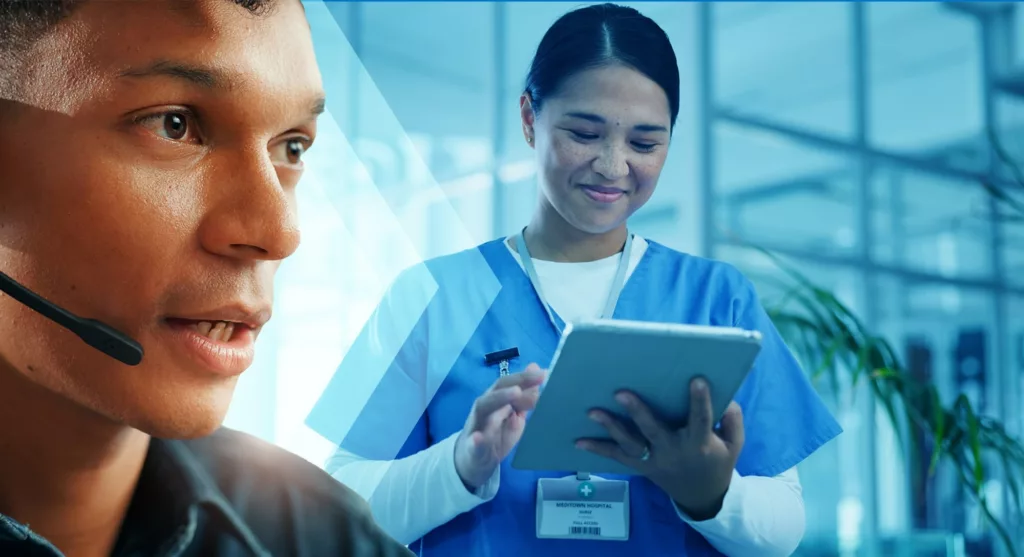
How a Human-First Strategy Transforms Healthcare Support
While traditional support models wait for customers to report issues, creating downtime and frustration, Connexall’s system represents a paradigm shift: automated system monitoring that identifies problems before customers experience them.
Sofia Arruda explains this breakthrough: “The system is prepared to send us a ticket, alerting us to something that’s not working.” The Connexall team then goes into the communication system to see what isn’t functioning properly and why and alert their customer to the problem. “Sometimes the customer isn’t even aware there’s an issue going on,” says Arruda.
Though the Connexall team prioritizes human interaction, they are also actively exploring AI and the improved search technologies that exist to help surface knowledge faster. The key, according to the Connexall support team, is using the technology to strengthen human support rather than replace it.
Core Tenets for Adaptive Healthcare Support
If you’re considering ways to improve your own support team’s approach to troubleshooting, keep these core principles in mind:
- Maintain dedicated human support channels for critical issues while using automation for routine matters.
- Establish clear communication protocols that keep healthcare staff informed throughout resolution, building trust even when problems are complex
- Build genuine understanding of clinical workflows through direct observation and immersion in healthcare environments
- Deploy automated monitoring that alerts human technicians who can intervene before issues impact patient care
- Recognize varying technological readiness across healthcare organizations and tailor approaches accordingly
The future of healthcare technology support isn’t about choosing between human expertise and technological innovation-it’s about combining both to create partnerships that prevent problems rather than just solve them.
In a hospital environment, that difference can be measured not just in uptime and efficiency, but in the resulting quality of patient care itself.
